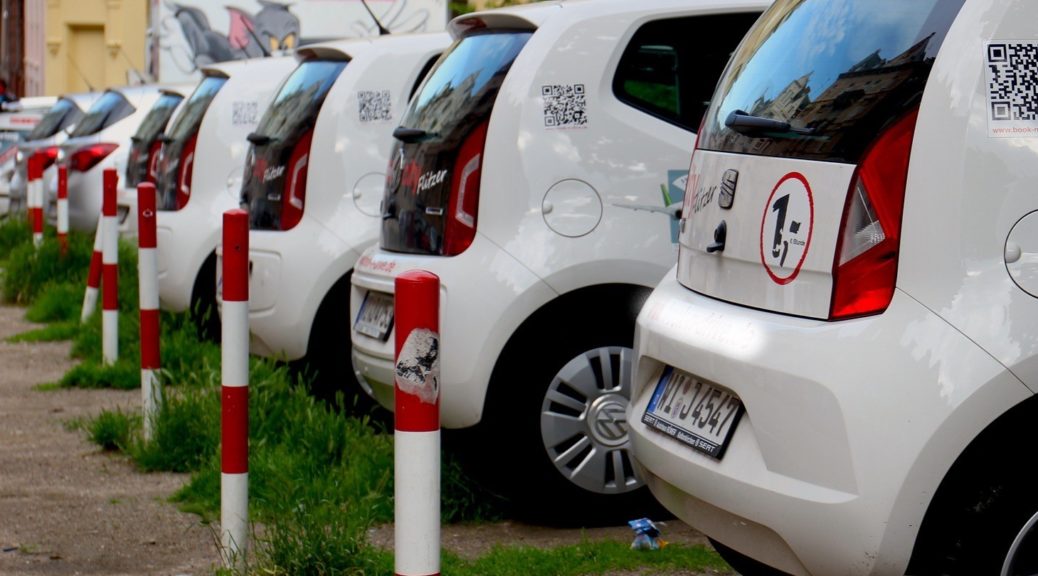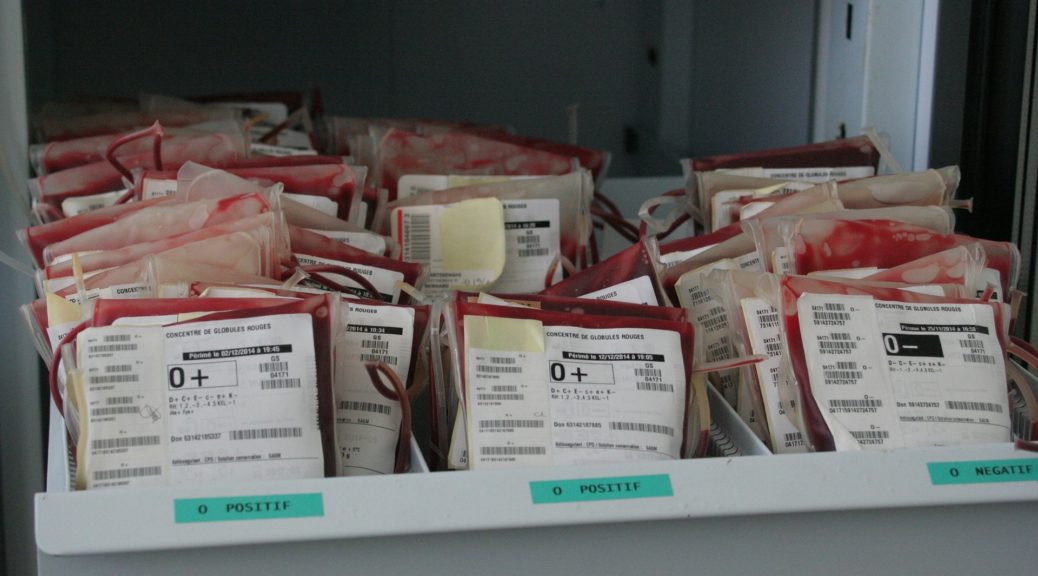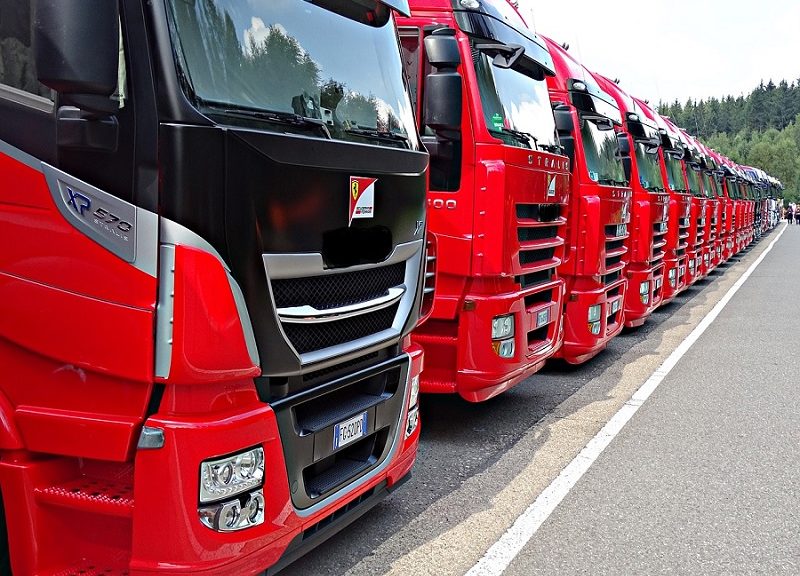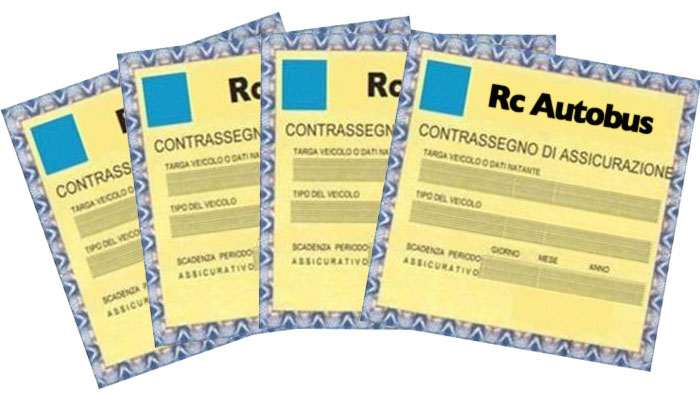
Lear, in partnership with Verian (formerly Kantar Public), has been selected by the European Commission to carry out a study on the extent and determinants of the deterrent effects of EU competition policy in the area of cartel and merger control as well as other antitrust enforcement. A correct measurement of the deterrent effects of EU competition policy enforcement is crucial for determining the overall impact of enforcement, together with the direct effect of competition policy interventions.
Continue reading Survey of Practitioners on the Deterrent Effects of EU Competition Enforcement →

Lear is assisting the Association of the Operational Leasing Companies (“ASLO”), an association of companies providing operating lease of motor vehicles and related services in Romania, investigated by the Romanian Competition Council for having allegedly enabled an exchange of sensitive and detailed commercial information among its associates. Continue reading ALLEGED HORIZONTAL AGREEMENT IN THE MARKET FOR OPERATING LEASE IN ROMANIA →

On December 12, 2018, the Italian Competition Authority (ICA) found that the agreement between Grifols and Kedrion to submit a joint bid for the contract manufacturing of plasma therapeutic products derived from blood donations was not anticompetitive, but rather enhanced the welfare of the Italian Healthcare System. Continue reading The Italian Competition Authority clears joint bidding by Grifols and Kedrion →

The Italian Competition Authority (ICA) has started an investigation into Kedrion and Grifols, two providers of therapeutic products derived from human blood plasma, for their joint participation in a tender launched by the Italian Healthcare System (SSN). The ICA is concerned that the joint bid has unduly restricted competition for the award of the tender. Continue reading The Italian Competition Authority’s investigation against Kedrion and Grifols →

The action for damages has its roots in the European Commission decision that established the existence of a cartel among DAF, Daimler/Mercedes-Benz, Iveco, MAN/Volkswagen, Volvo/Renault and Scania in the market for trucks weighting more than 6 tons from 1997 to 2011, fining it with the highest sanction ever imposed on a cartel for 3.8 billion euros. Continue reading The first 18 italian companies taking action against the truck cartel →
The note comments on the recent decision by the Administrative Tribunal of Lazio, which overturned the decision n. 25382 by the Italian competition authority (AGCM). The note focuses on two principles outlined by the Tribunal in its decision: Continue reading Lear Competition Note: Non c’è da raccontare storie, serve una storia! Intese per oggetto e analisi economica →

The Administrative Tribunal of Lazio has overturned the decision n. 25382 by the Italian competition authority (ICA), whereby it was found that UnipolSai and Generali had infringed Competition Law by entering into an agreement for the provision of insurance services to local public transport companies. Continue reading ICA’s decision overturned by TAR →
The Italian Antitrust Authority (AGCM) invited Paolo Buccirossi to the conference “The economic analysis in the application of competition law” that will be held on April 20. Continue reading Paolo Buccirossi at AGCM for a conference on “The economic analysis in the application of competition law” →
New working paper by Paolo Buccirossi and Giancarlo Spagnolo on the relationship between action for damages and leniency programs. Modern antitrust engenders a possible conflict between public and private enforcement due to the central role of Leniency Programs. Continue reading New publication by Paolo Buccirossi e Giancarlo Spagnolo →
Following the adoption of the “Practical Guide on Quantifying Harm” by the EC, Courts will increasingly be required to assess whether the econometric model submitted by the claimant meets the required standard of proof or if the model submitted by the defendant suffices for overturning the claimants’ conclusions. Continue reading Lear Competition Note: Statistical significance and the standard of proof in antitrust damage quantification →






